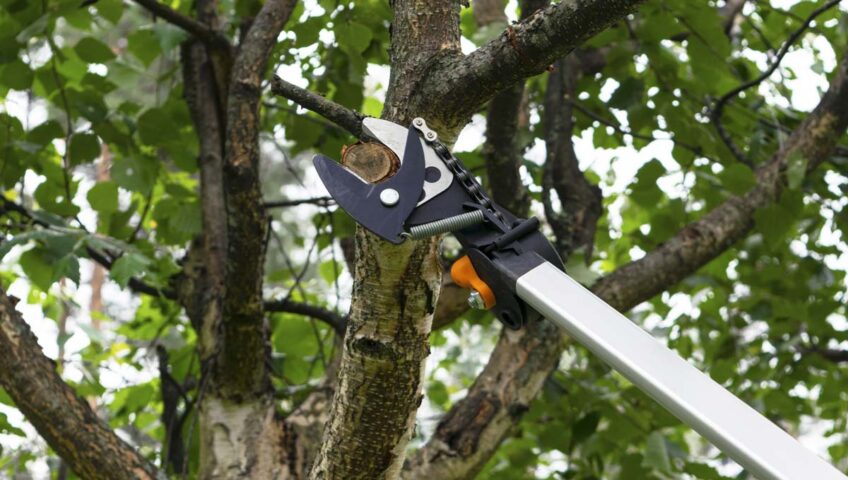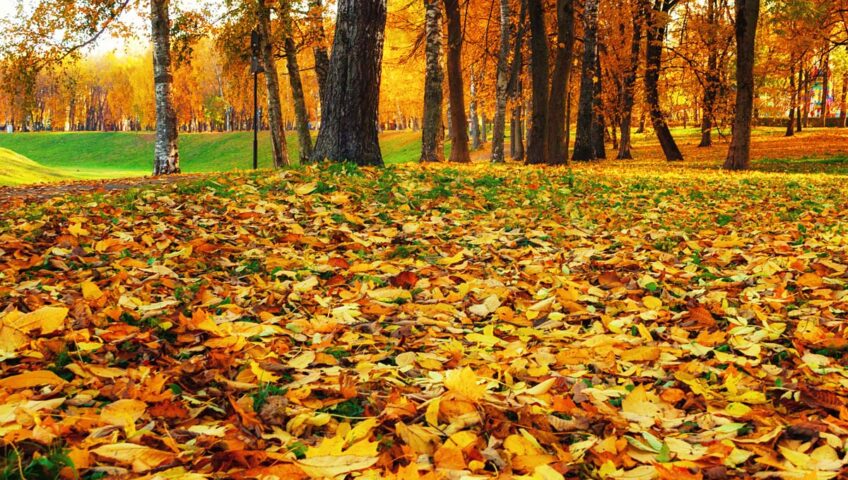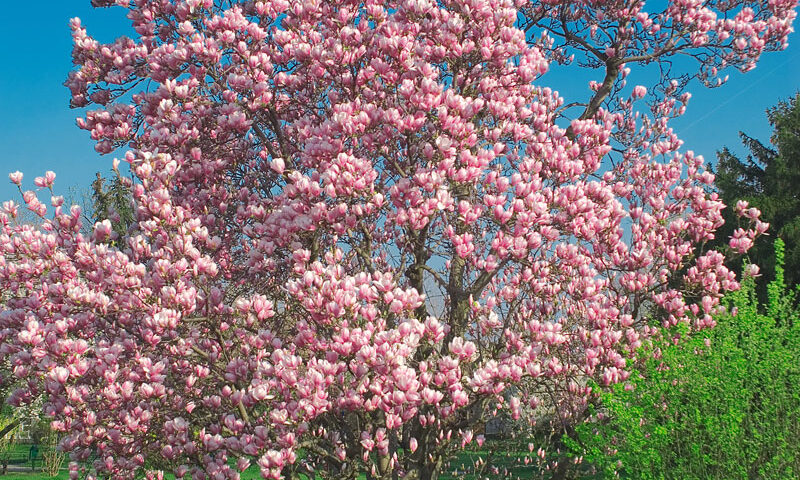No homeowner wants huge, wildly overgrown trees in their yard. They are unsightly and can even pose a danger to your home and vehicles, which is why tree trimming is the most common form of tree maintenance. Yet many homeowners are unsure of when is the best time of year to trim a tree, especially when advice from neighbors comes in well-meant but vague old adages like “Trees should be trimmed when the saw is sharp.” There is a best time and a worst time to trim a tree, and there is also a proper way to do it. Read on for some tree trimming facts to help you know how and when to trim your trees.
Why Trim a Tree
There are many reasons to keep your trees properly trimmed. Trimming helps maintain good tree health by removing damaged or diseased growth. It also increases safety by removing low-hanging branches that can inhibit pedestrians or block sight at the end of a driveway, as well as remove branches that hang over buildings and near electrical lines. Trimming can also help to increase the amount of air and light that penetrates to the inside of the tree, and to any landscaping below. Trees are also pruned for aesthetic reasons, to improve their looks or limit their growth. Homeowners can prune small trees themselves, using loppers and handsaws. Large trees, or any trees growing near electrical lines, should instead be pruned by professionals.
Best Trimming Time
Many homeowners don’t really know when to trim their trees to prevent problems. The best time to trim most trees is in late fall and throughout the winter months, while the tree is in dormancy. Trimming while a tree is dormant helps to minimize the risk of fungal infections, as the cut will heal quickly when trees being their vigorous growth in early spring. This is also the best time to trim evergreen trees, as spring growth will quickly cover signs of heavy or extensive trimming.
A few types of trees, such as magnolia trees, flower on wood grown during the previous year. Trimming at the wrong time can easily remove all the dormant buds, resulting in a non-flowering tree for the year. Any type of tree or shrub that bloom on old growth should not be trimmed in the fall, but instead just after they flower.
Worst Trimming Time
The only really bad time to trim a tree is in the spring when flower buds and new leaves are developing. Trimming a tree while the leaves are expanding disturbs the tree’s growth and causes it a lot of stress. If you see that buds on the tree are beginning to swell, leave it alone until the leaves have grown to their mature size. Then, if you need to trim before fall for safety reasons, it is safe to do so. Otherwise, it is best to wait until the tree is dormant, as trimming when the tree is still active will create a burst of new growth. This new growth is tender and more susceptible to becoming damaged in cold temperatures.
Trimming Techniques
There are different types of trimming techniques that professionals use in order to best address the needs of each tree. Cleaning refers to removing dead, dying, diseased, or poorly attached branches from the crown of a tree. Thinning involves removing selective branches in order to improve the tree’s structure, as well as to allow more air and light circulation. This technique helps to improve the shape of the tree, as well as to help unburden overheavy branches to reduce the risk of breakage. Raising is the removal of branches growing low on the trunk in order to allow room for pedestrians, vehicles, or buildings. Reduction refers to reducing the overall size of a tree through trimming. This is often done when trees are either close to or touching utility lines. This is best achieved by trimming back smaller branches throughout the tree, and is much more effective at maintaining the overall form and structural integrity of the tree than old-fashioned tree topping.
Emergency Trimming
Sometimes storms and strong winds can damage even the healthiest and well-trimmed trees. When a tree becomes damaged, it is important to trim it as soon as possible. Branches that become broken or have scrapes through the bark present an open invitation to disease and insects. Emergency trimming can be done any time of the year with little risk of damage to the tree’s overall health.
Treating the Cut
In the past, homeowners were often advised to paint or seal cuts left after trimming a tree, and many products came on the market for this purpose. These products claim that they must be used in order to sterilize or treat cuts, and while these products are still readily available, they actually do more harm than good. These products actually delay the tree’s healing process. Left alone, the tree will quickly grow a layer of cells over the cut, thus preventing the risk of disease or insect invasion.
No matter what type of trees you have, we are happy to stop by to give you a free estimate to determine your individual needs. Call our office today to make an appointment that best suits your schedule.



